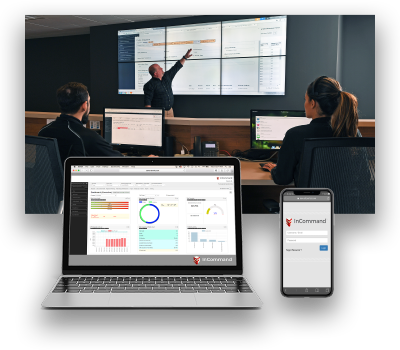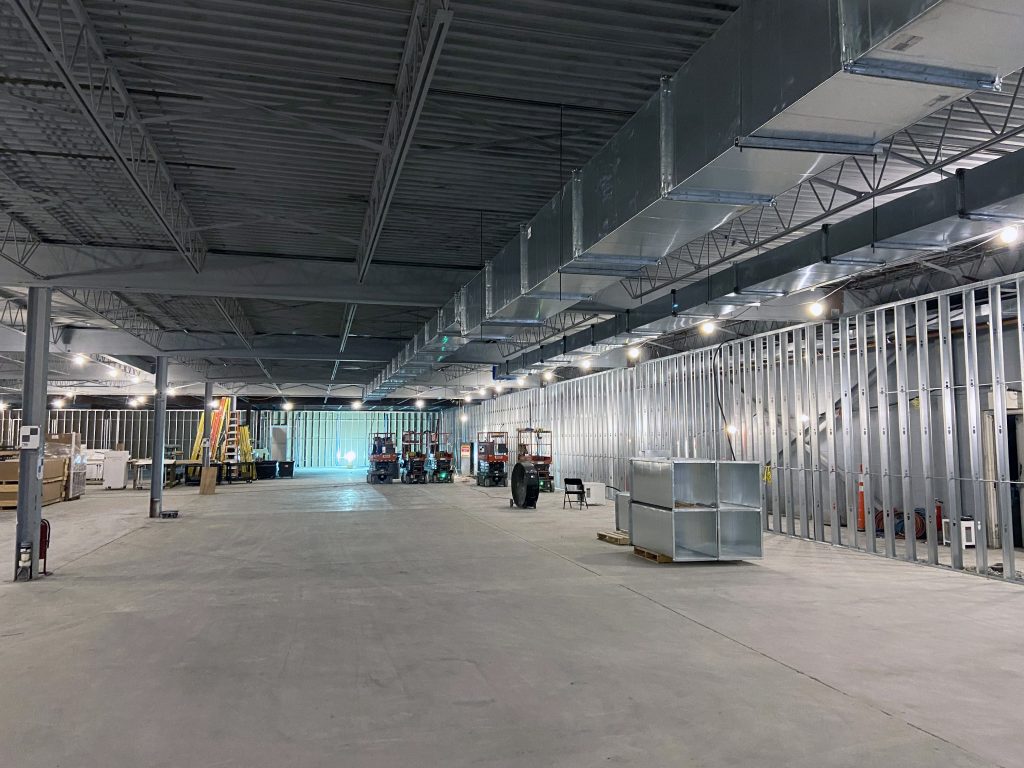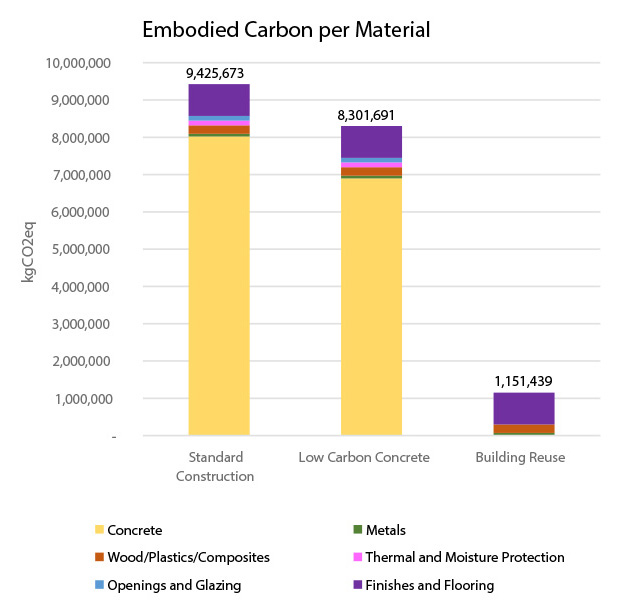Granted, a new project would have added 38 more megawatts to the company’s total capacity, but it would have left underutilized capacity in the existing building, burning even more carbon for no good reason.
And as Shenoy argues, since Serverfarm didn’t have to pay for those additional emissions, neither do its clients. He estimates that if within the next three years, London-based customers were to demand 200MW of new capacity, it would be within Serverfarm’s capability to deliver it without constructing a single new facility there.
That’s not to say converting and repurposing old capacity in a pandemic isn’t challenging — especially in Toronto. Serverfarm VP for engineering and cloud, Sam Brown, told us the Canadian regulatory process makes builders jump through a few more hoops than in the US.
“For awhile there, we couldn’t do inspections in Toronto,” he said.
Due to COVID-19 restrictions, nobody in the firm’s building department was free to come to the project site. Building permits took longer to process, and review times by law take 30 days minimum even without the pandemic. Also, self-certification, which is available to builders in the US for ensuring sustainability targets are being met, is not an option in Canada.
Instead, Serverfarm’s facility engineers produced the documentation needed for third-party inspections, including using seat-of-the-pants virtual techniques developed with the assistance of partners and vendors.
“The engineers are every bit as detailed as an inspector, if not more, when it comes to implementation of work in the field,” Brown said. “There were issues. It’s not like these things were surface reviews. There were some hard conversations we had to have, and the issues were being raised from people inside the team.
“It was tough this round,” he added, “but now that you know what all of the expectations are, you can cater to them and make sure you’re not over-promising and under-delivering.”
Click here to read on the Data Center Knowledge website >











